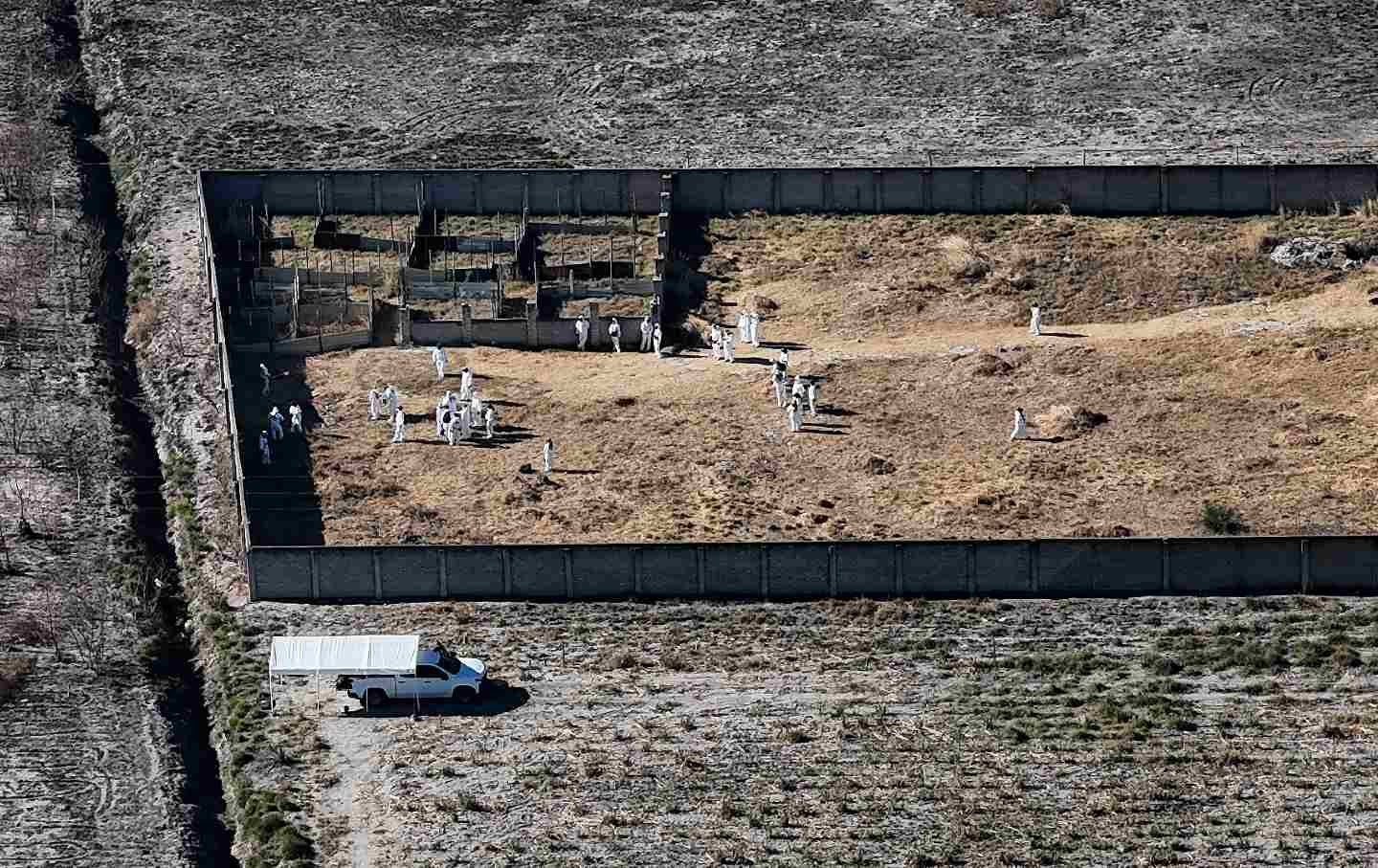Unraveling the Secrets of Mexico’s Cartel Extermination Camps
In the shadow of Mexico’s drug war, families searching for missing loved ones are uncovering a horrifying truth: cartel-operated extermination camps. These clandestine sites, scattered across rural areas, serve as grim factories of death where victims are executed and disposed of en masse. Authorities estimate thousands have vanished into these killing fields since 2006, yet justice remains elusive as corruption and fear silence witnesses.
The Horrific Discovery of Mass Graves
In 2021, a tip from a former cartel member led investigators to a ranch in Guanajuato, where they unearthed 59 bodies buried in shallow pits. The scene, littered with spent bullet casings and lime-covered remains, revealed the industrial-scale brutality of Mexico’s cartels. “These aren’t just graves—they’re assembly lines for murder,” said forensic anthropologist Dr. Elena Ríos, who has documented over 40 such sites.
Key findings from Mexico’s National Search Commission:
- Over 3,000 clandestine graves discovered since 2006
- More than 6,000 bodies exhumed, with 40% unidentified
- Jalisco and Sinaloa cartels linked to 70% of cases
How Cartels Operate Their Killing Centers
Former cartel insiders describe a chilling system. Victims—often rival gang members, activists, or random kidnap targets—are transported to remote compounds. Some camps feature:
- Concrete “death tubs” for dissolving bodies in acid
- Wood chippers repurposed for corpse disposal
- Burned-out vehicles used as makeshift crematoria
“They’ve industrialized violence,” noted security analyst Javier Oliva. “One camp in Michoacán processed 300 victims monthly—efficiency matters more than humanity.”
The Relentless Search for Truth and Justice
While authorities struggle to combat cartel influence, civilian search collectives like Madres Buscadoras (Searching Mothers) brave threats to locate the disappeared. Armed with shovels and drones, they’ve identified 187 graves since 2019. “The government calls us criminals for digging,” said founder Miriam Rodríguez before her 2020 assassination. “But we’re just mothers wanting to bury our children.”
Systemic Failures Enable the Carnage
Experts cite three key obstacles:
- Judicial corruption: 68% of Mexicans distrust prosecutors (INEGI 2023)
- Forensic backlog: Labs take 18+ months to process DNA
- Cartel infiltration: 142 police killed in 2022, many while investigating camps
Despite President López Obrador’s “hugs not bullets” policy, homicides remain near record highs (31,000 in 2022). “You can’t negotiate with cartels who see human life as inventory,” argued former DEA agent Tony Payan.
What Comes Next in Mexico’s Fight for Justice?
Recent developments offer glimmers of hope. The International Criminal Court is considering investigating cartel leaders for crimes against humanity. Meanwhile, new forensic techniques like isotopic analysis are helping identify remains faster.
But for families like the Gutiérrez family—who spent four years searching before finding their son’s remains in a Veracruz camp—justice requires systemic change. “We need international pressure,” said widow Lucía Gutiérrez. “These killers operate globally—the world must help stop them.”
To support victims’ families, consider donating to organizations like the Mexican Commission for Human Rights or volunteering with search collectives. Silence only empowers the cartels—awareness is the first step toward justice.
See more Update My News



